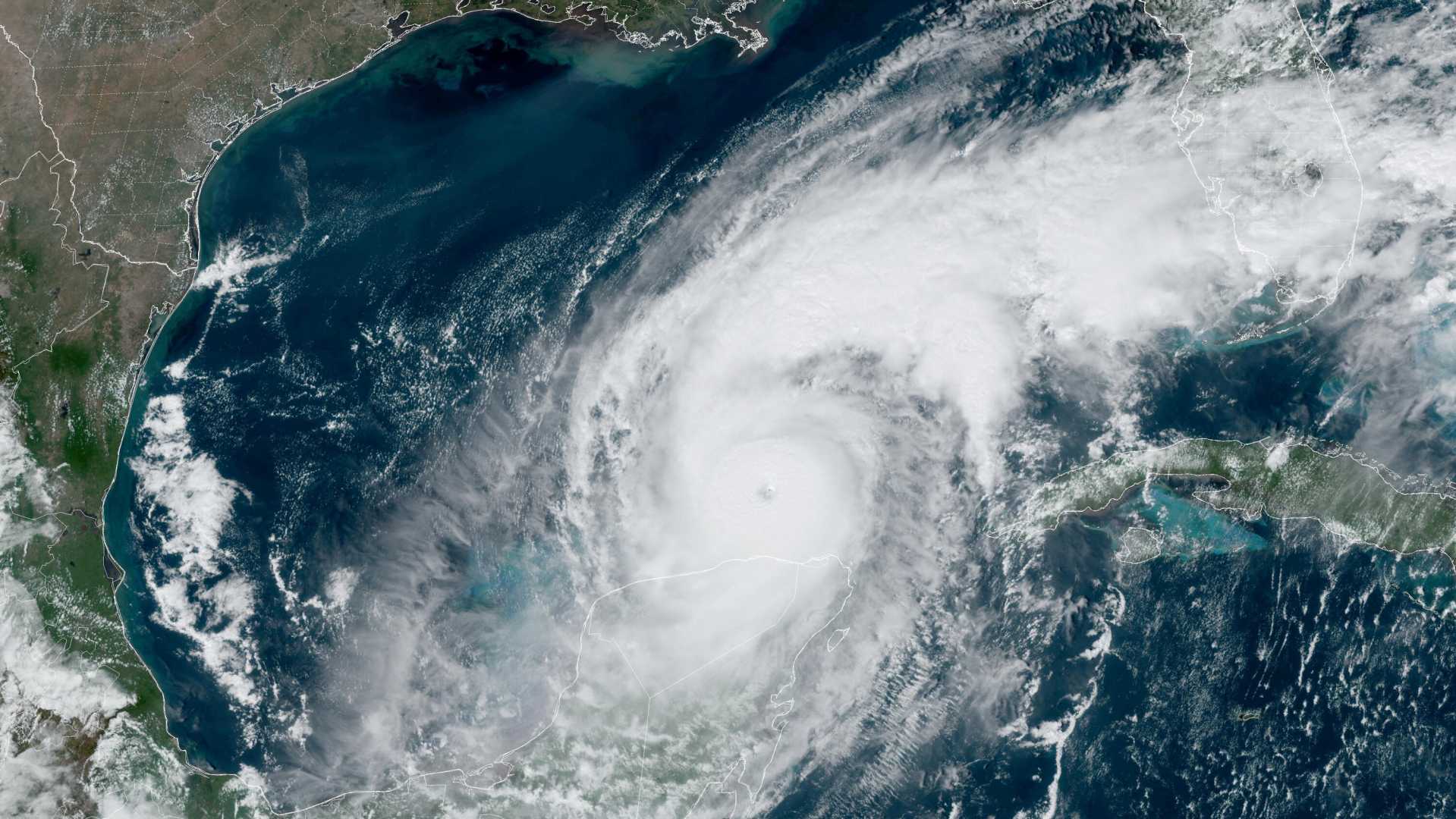News
Florida Prepares for Hurricane Milton as Storm Threatens Catastrophic Impact

Hurricane Milton unleashed torrential rain, tornadoes, and tropical storm-force winds along the U.S. coast on Wednesday, as Florida residents faced dwindling time to evacuate from the storm’s potentially devastating path. The U.S. National Hurricane Center indicated that Milton made landfall on Wednesday night, placing the entire Tampa Bay region and surrounding areas under significant threat. Tropical storm-force winds began impacting the coastline earlier in the afternoon.
Officials had previously issued urgent warnings encouraging people to evacuate, with Cathie Perkins, emergency management director in Pinellas County, urging residents to leave immediately. “This is it, folks,” Perkins stated. “You need to get out, and you need to get out now.”
By late afternoon, some officials indicated that it was too late for evacuations. By evening, certain counties announced a suspension of emergency services. Paul Womble, Polk County Emergency Management director, advised, “Unless you really have a good reason to leave at this point, we suggest you just hunker down.” Hurricane Milton, classified as a Category 3 storm on Wednesday evening, was expected to continue its trajectory across Florida, affecting highly populated areas such as Orlando through Thursday.
Florida Governor Ron DeSantis detailed the deployment of resources including 9,000 National Guard members from various states and over 50,000 power line workers from across the country. “Unfortunately, there will be fatalities. I don’t think there’s any way around that,” DeSantis remarked during a news conference in Tallahassee.
As of Wednesday evening, the hurricane was located approximately 30 kilometers west-southwest of Sarasota, with maximum sustained winds of 195 km/h. The hurricane center noted its movement northeast at 28 km/h. The storm posed a grave danger to regions already devastated by Hurricane Helene two weeks prior, which left at least 230 people dead across the South.
The storm’s impact has been exacerbated by its projected storm surge, expected to reach up to 2.7 meters in Tampa Bay. Consequently, critical bridges, including the Sunshine Skyway Bridge, were closed. The governor also announced evacuation orders affecting 15 counties and a total population of approximately 7.2 million people.
Challenges were compounded as over 60% of gas stations in the Tampa and St. Petersburg areas reported gasoline shortages. However, DeSantis assured that the state’s gas supply was adequate, with highway patrol escorting tanker trucks to restock stations. In anticipation of the storm, major theme parks such as SeaWorld, Walt Disney World, and Universal Orlando suspended operations.
The situation prompted concerns not only for personal safety but also for infrastructure resilience in light of ongoing climate changes, as noted by St. Petersburg Mayor Ken Welch. Residents like Christian Burke, who remained in their fortified homes, expressed cautious optimism while acknowledging the severity of the impending storm. “I’m not laughing at this storm one bit,” Burke admitted.












